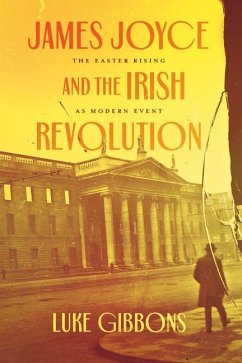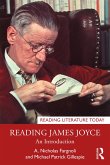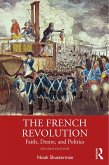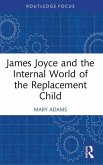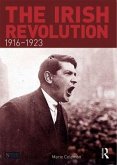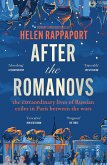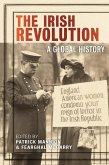"2022 is the centenary both of the founding of the Irish State and the publication of James Joyce's Ulysses. In this book, which describes a more radical edge than previous treatments of Joyce, Luke Gibbons counters much of the Joyce and modernism scholarship, while challenging popular historical accounts of events from 1913 to 1923. He takes up two, widely held notions: first, that Joyce and his writerly contemporaries were set apart from events in Ireland of the period, especially during the writing of Ulysses; and second, that Joyce was not appreciated in his native Ireland at the time, and only came to widespread notice as he was embraced by non-Irish critics much later in the century (during the 1980s and 90s). In contrast, Gibbons here shows multiple points of intersection between the modernist avant-garde and figures and events in the Irish Revolution. As Gibbons suggests, the Ireland of Joyce and Ulysses was the same culture that produced the Easter Rising and the Irish Revolution. How is it, he asks, that societies "not yet modern" are able to produce breakthrough works in modernism? Gibbons here redefines the Easter Rising as a modern event, not a belated, resurgent mythic gesture of a bygone Romantic Ireland. By reconceiving the revolution as modern, not as the revival of Celtic pride, as earlier studies claim, Gibbons is able to connect Joyce to other, forward-facing projects, to Yeats's radically conceived Abbey theater, for example, or the Victorian Gael of Standish O'Grady and the insular Catholic nationalism movement. He also places Joyce in a wider modernist community of artists and thinkers, including Bertolt Brecht, Ernst Bloch, Alfred Dèoblin, and Hermann Broch, and beyond Europe to writers in America, among them, F. Scott Fitzgerald, Marianne Moore, H. L. Mencken, W. E. B. Du Bois, and Claude MacKay. Thus Gibbons recasts what has gone before in a new, unexpected light, placing Ulysses and the Irish Revolution, not at the end of a process or an Irish "renaissance," but at the beginning of global decolonization, a new way of understanding Irish history at the turn of the century, and Joyce in the context of world literature. The book will be read-and contested-by scholars of modern Irish history and the development of modernism across the arts"--

